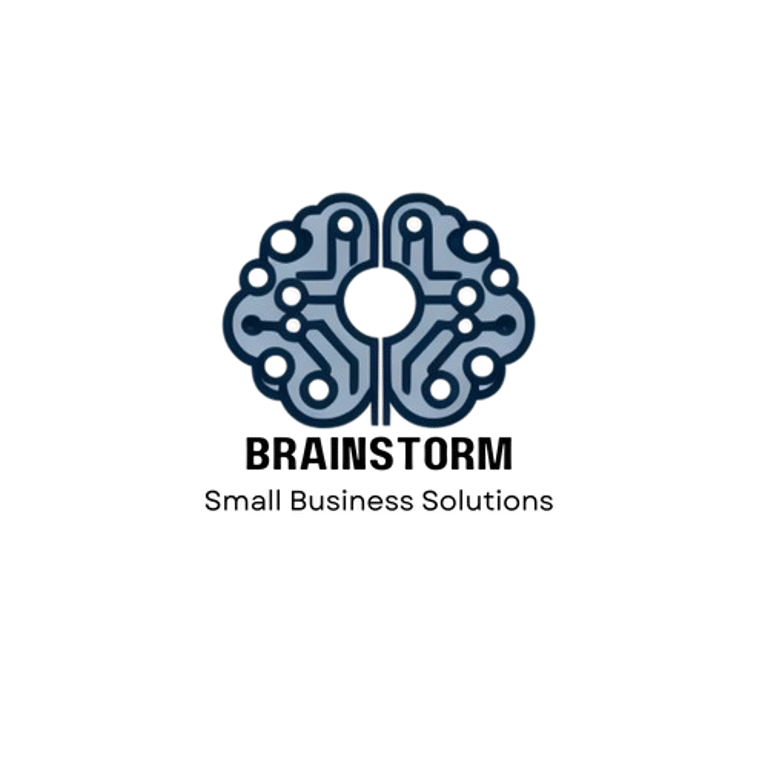We'll figure something out
Should I Build My Own AI Model or Use a Third-Party Solution?
Learn whether your small business should build a custom AI model or use a third-party tool. Explore the pros, cons, and how to choose the right solution.
5/13/20253 min read


As small business owners look to leverage the power of artificial intelligence (AI), one of the first questions they may encounter is whether to build their own AI model or use a third-party solution.
Both options come with distinct benefits and challenges, and the choice depends on factors like budget, technical expertise, and the specific needs of your business.
Let’s explore the pros and cons of both approaches to help you make an informed decision about the best way to incorporate AI into your operations.
Building Your Own AI Model
For businesses with unique needs or specific goals, building a custom AI model can offer substantial benefits. However, it’s not without its challenges.
Pros:
Tailored to Specific Needs: Custom-built models can be fine-tuned to the exact requirements of your business, ensuring a solution that works precisely as you envision.
Full Control: By developing your own model, you retain full control over the data, processes, and outcomes. This means you can adapt and evolve the AI as your business grows.
Competitive Advantage: A well-designed AI solution can give your business a significant edge over competitors who rely on off-the-shelf tools, especially if you can develop something uniquely valuable.
Cons:
High Upfront Costs: Building a custom AI model involves a significant investment in both time and money. You’ll need to account for the costs of hiring data scientists, acquiring and processing data, and ongoing development.
Need for Specialized Expertise: Not every small business has access to the necessary AI and data science expertise in-house. Bringing in external help can further increase costs and complicate the process.
Longer Implementation Time: Developing a tailored solution from scratch can take time—often months or even longer—before it’s fully operational. This can delay the return on investment.
Using a Third-Party Solution
For small businesses that want to implement AI quickly without the heavy lifting of building something from scratch, third-party solutions can be an attractive option. These ready-made tools come with their own set of benefits, but also some trade-offs.
Pros:
Faster Implementation: Third-party AI solutions are typically plug-and-play, meaning they’re ready to deploy with minimal setup. This allows businesses to start benefiting from AI much quicker than they would with a custom solution.
Lower Upfront Costs: Since you’re not building the AI from the ground up, the costs are usually much lower. Subscription models or one-time fees are common, making it a more affordable option for small businesses.
No Need for Specialized Expertise: Most third-party solutions come with user-friendly interfaces, reducing the need for in-house technical expertise. This makes AI more accessible to teams without a dedicated IT department.
Cons:
Less Customization: While third-party tools can be powerful, they may not align perfectly with your specific business needs. This can result in limitations on functionality and scalability.
Possible Dependence on Providers: Relying on a third-party solution means your business is dependent on the vendor for updates, support, and any changes. If the provider makes significant changes or goes out of business, it could disrupt your operations.
Limited Control Over Data: When using third-party tools, your business may not have full control over the data being processed, which could be a concern depending on your data privacy policies and regulations.
When to Build vs. Use Third-Party
Deciding whether to build a custom AI model or use a third-party solution isn’t always clear-cut. Several factors can influence your decision:
Business Goals: If your business has very specific or complex needs that aren’t met by existing solutions, building your own model could be the best option. However, if your goals align more with streamlining operations or solving common problems (like customer service automation or data analysis), a third-party solution may suffice.
Available Resources: Building your own model requires significant resources—both in terms of budget and specialized talent. If you’re a small business with limited resources, starting with a third-party solution might be more realistic. On the other hand, larger businesses with a dedicated tech team may find it more feasible to create something custom.
Time Considerations: If you need an AI solution fast, a third-party option is likely your best bet. Custom solutions take time to develop and refine, which could delay implementation and ROI.
Scalability: Custom models are typically more flexible in terms of scaling with your business. If you anticipate significant growth, a custom solution might better accommodate changing needs over time. However, many third-party solutions are scalable, though they may come with some limitations.
Conclusion
Ultimately, the choice between building your own AI model or using a third-party solution depends on your business’s unique needs, resources, and goals. Custom-built models offer tailored solutions and full control, but they require significant investment in time, money, and expertise. Third-party solutions, on the other hand, provide a faster and more cost-effective way to integrate AI, though they may not offer the same level of customization.
As AI becomes an increasingly integral part of business operations, small business owners should carefully evaluate which approach best aligns with their objectives. Consulting with an AI expert, like the team at Brainstorm, can help you assess your options and determine the most effective path forward—whether that’s building a custom solution or selecting a third-party tool.
